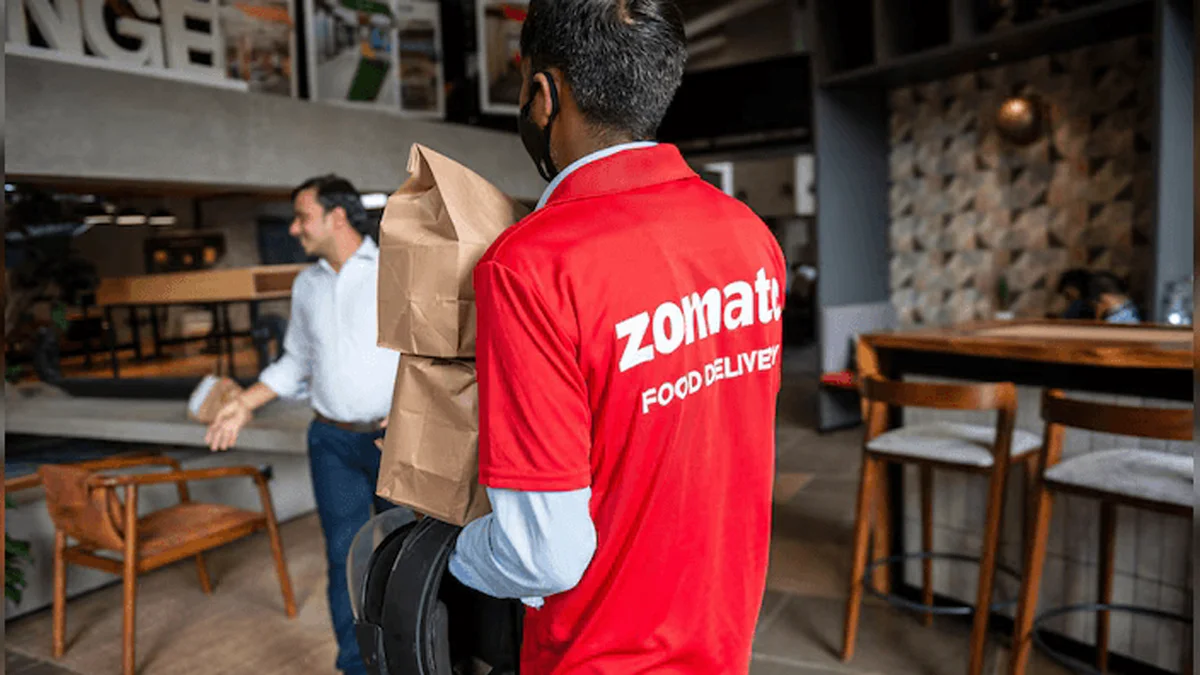Necessary Always Active
Necessary cookies are required to enable the basic features of this site, such as providing secure log-in or adjusting your consent preferences. These cookies do not store any personally identifiable data.
|
||||||
|
||||||
|
||||||
|

Food delivery giant Zomato has introduced a change that may affect how far customers can order from and how much restaurants make. Zomato is introducing a long-distance delivery fee that will be charged to restaurants for orders delivered beyond 4 kilometers.
According to Economic Times, the Gurugram-based company is now charging a Rs 15 fee per order for deliveries within a 4–6 km range, but only if the order value exceeds Rs 150. For deliveries that go beyond 6 km, the fee increases to Rs 25–35, depending on the city, and this applies regardless of the order amount.
This fee will be charged directly to partner restaurants, not customers. In simple terms, if a customer places an order from a restaurant more than 4 km away, the restaurant will have to pay a little extra to Zomato.
The company explains that the update supports its aim to deliver parcels sustainably over long distances. Industry experts suggest that Zomato’s pricing update is meant to encourage customers to order locally, which could speed up delivery and save money on logistics.
Due to the increasing competition in food delivery, Zomato is experimenting with balancing how delivery partners, the platform, and restaurants are paid.
For many restaurants, this update is more than just a small change. Many argue that the new Zomato’s fees for restaurants will make it harder for smaller or niche eateries to reach a wider customer base.
Those located in busy urban centers may not feel the impact right away. But outlets in residential or less commercial areas might lose out on long-distance orders, especially during peak hours or weekends.
Some owners are also seeing this as a Zomato’s hidden commission update, even though it’s technically not a commission. Instead, it’s a delivery-related charge, but it still cuts into their earnings.
One of the restaurants said, “There are changes to the commission terms every few months and it is frustrating to do business this way without any clarity on commission structures. Several restaurants are in touch with each other to formally raise a complaint with Zomato over this and are contemplating going off the platform for a day in protest.”
Although customers are not being charged outright, the blowback will eventually extend to them. Some restaurants might decide to charge extra for Zomato’s delivery fee so that they can break even. Other restaurants may simply disable delivery for zones outside 4 km, limiting options for some neighborhood users.
While Zomato will continue to deliver beyond 4km, customers will find fewer restaurant options at that range, or higher-priced menus in certain instances.
One of Zomato’s executives said, “This decision has to be seen in conjunction with the distance-based ratings system. Data shows that user experience deteriorates as delivery distance increases.”
Whether Zomato’s long-distance fee proves helpful or harmful remains to be seen. But it adds another layer to the complex world of food delivery logistics in India.